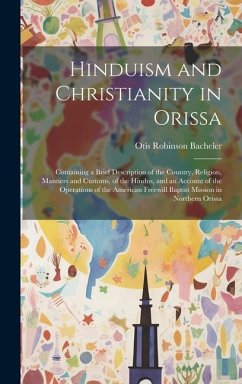
Oddiyana
Versandkostenfrei!
Versandfertig in 6-10 Tagen
30,99 €
inkl. MwSt.

PAYBACK Punkte
15 °P sammeln!
Please note that the content of this book primarily consists of articles available from Wikipedia or other free sources online. O iy na, a small country in early medieval India, ascribed importance in the development and dissemination of Tantric Buddhism. The physical location of O iy na is disputed and open to conjecture. Possible locations that have been identified are: Sw t Valley region of present-day Pakistan. Most scholars conventionally place it here. Orissa locality of Eastern India, through a case founded upon "literary, archeological and iconographical" evidence, according to Keown, ...
Please note that the content of this book primarily consists of articles available from Wikipedia or other free sources online. O iy na, a small country in early medieval India, ascribed importance in the development and dissemination of Tantric Buddhism. The physical location of O iy na is disputed and open to conjecture. Possible locations that have been identified are: Sw t Valley region of present-day Pakistan. Most scholars conventionally place it here. Orissa locality of Eastern India, through a case founded upon "literary, archeological and iconographical" evidence, according to Keown, et al. (2003: p.203). Scholars championing this location contend that the name O iy na derives from the Dravidian O iyan, denoting a native or indigenous person of O ra (Orissa) or from O iyam, Telegu for O ra. O iy na is also the Middle Indic form of Udy na, meaning "garden," the name by which Hsüan Tsang knew the region around Orissa. In later Tibetan traditions, O iy na is either conflated or identified with Shambhala, a land inhabited by dakini and inaccessible to or by, ordinary mortals being a beyul or ''hidden land''..












